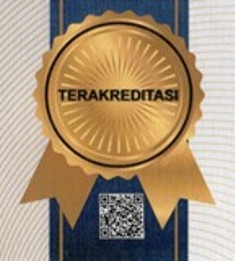Estimation of Peat Surface Carbon Stocks on The Semenanjung Kampar from Land Use Changes Using Landsat Multi-Temporal in 2009-2018
Abstract
Remote sensing has advantages in terms of temporal resolution that can be used to check changes in an object at different times. The Semenanjung Kampar peatland underwent land use change after the change in PP No. 71 of 2014 became PP No. 57 of 2016 which requires companies (paper companies) to restore the ecosystem on the Semenanjung Kampar. These changes were analyzed by utilizing remote sensing technology through multi-temporal imagery.This study aims to analyze changes in peatland use on the Semenanjung Kampar in 2009, 2013 and 2018, then estimate carbon stocks from changes in peatland use. The method used is the classification of Iso Cluster unsupervised and calculation of increase and decrease in carbon stocks (Gain and Loss). Based on this research the results of the accuracy of the classification of changes in land use on the Semenanjung Kampar were 0.72 or 72%.Changes in land use on the Semenanjung Kampar occur dynamically.The dominant land change for the 2009-2013 period was shrubs which became acacia forests 89386.31 ha and bushes from 2013-2018 to oil palm plantations 57878.47 ha. Furthermore, carbon stocks in the period 2009-2013 that have increased (acces) are 8.2% acacia forest and 13% decrease in primary peat forest while the 2013-2018 period has increased, namely 8% oil palm plantation and 21% shrub decline.







